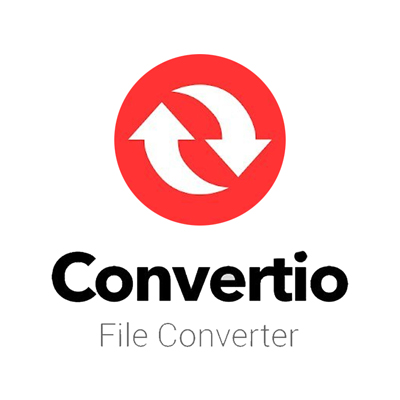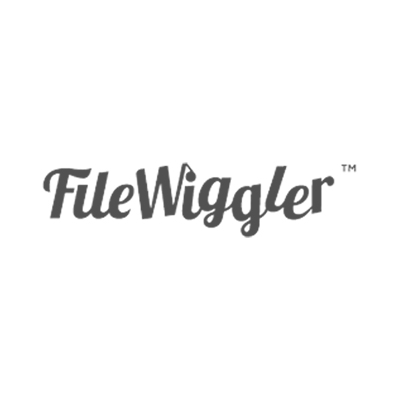If you're in need of converting DNG files to SVG format, look no further! Our website provides a reliable and efficient converter that will easily transform your DNG files into SVG files. But why would you need to convert DNG to SVG? Well, SVG files are vector graphics, which means they can be scaled to any size without losing quality. This makes them ideal for creating high-resolution images or graphics for printing or displaying on different devices. DNG files, on the other hand, are raw image files that contain unprocessed data from a digital camera's sensor. By converting your DNG files to SVG format, you can transform them into editable and scalable graphics that can be used in various design projects. Whether you're a professional graphic designer or an amateur photographer, our DNG to SVG converter will make the conversion process quick and hassle-free. Try it out for free today!










DNG files, or Digital Negative files, are a type of raw image file format commonly used in the field of digital photography. Unlike other image file formats that are proprietary to specific camera manufacturers, DNG files are an open standard format created and maintained by Adobe Systems. DNG files contain all the image data captured by the camera's image sensor, including color and exposure information, making them incredibly versatile for post-processing and editing. By converting your images to DNG format, you can ensure that the original image data is preserved and can be accessed by a wide range of software applications. Additionally, DNG files offer the advantage of being smaller in size compared to other raw file formats, helping you save valuable storage space without compromising on image quality.
SVG files, otherwise known as Scalable Vector Graphics, are a versatile and widely used file format. Unlike bitmap images, SVG files are made up of mathematical shapes and lines, which means they can be scaled and resized without loss of quality. This makes them highly flexible and suitable for a variety of applications. SVG files are commonly used in web design and development, as they can be easily manipulated and animated using CSS and JavaScript. They also have a smaller file size compared to other image formats, resulting in faster loading times for websites. SVG files can be opened and edited with a range of software tools, making them accessible to both designers and developers. Whether you're creating icons, logos, or graphical elements for your website, SVG files offer a reliable and efficient solution.